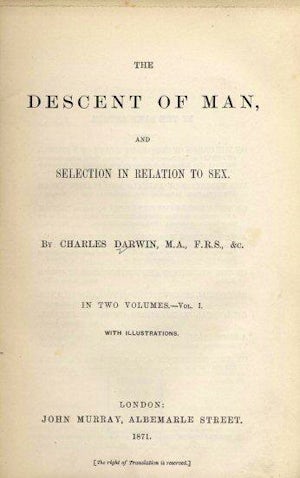Third International Eugenics Congress held at the American Museum of Natural History in New York City
August 21-23, 1932. The Third International Eugenics Congress is held at the American Museum of Natural History in New York City, one of three held between 1912 and 1932. The Congress began being organized after the success of the Second Congress, primarily by the Eugenics Record Office (International Eugenics Congress, 1932). Major Leonard Darwin served as chairman, and Henry Osborn as vice chairman (International Eugenics Congress, 1932). The conference address delivered by Osborn as well, and discussed birth selection vs. birth control (Birth control, 1932). Osborn advocated for birth selection and believed it offered the best means of improving the human race (Birth control, 1932). Notable Canadians in attendance included Professor R. Ruggles Gates, and Madge Macklin (International Eugenics Congress, 1932).
During the Congress, many delegates were provided with an excursion to Cold Spring Harbor, to see the Department of Genetics established there (International Eugenics Congress, 1932). The Eugenics Society of Canada was also invited to become a member of the congress (International Eugenics Congress, 1932). 65 scientific papers were published as a result of the Congress, and 267 exhibits were featured. Over 300 members participated (International Eugenics Congress, 1932), but unlike the second congress, attendance was quite low with only seventy-three people.
This was the final International Eugenics Congress, likely due the end of World War II in 1945.
-Colette Leung, Erna Kurbegovic, and Amy Dyrbye
Birth control peril to race, says Osborn. (1932, August 23). The New York Times. Retrieved from http://www.dnalc.org/view/11723--Birth-Control-Peril-to-Race-Says-Osborn-New-York-Times-8-23-1932-review-of-H-F-Osborn-s-paper-at-Third-International-Eugenics-Congress.html.
International Eugenics Congress. (1932). A Decade of Progress in Eugenics: Scientific Papers of the Third International Congress of Eugenics. Baltimore: The Williams & Wilkins company.
 1869:
Galton publishes Hereditary Genius
1869:
Galton publishes Hereditary Genius
 1871:
Charles Darwin publishes The Descent of Man
1871:
Charles Darwin publishes The Descent of Man